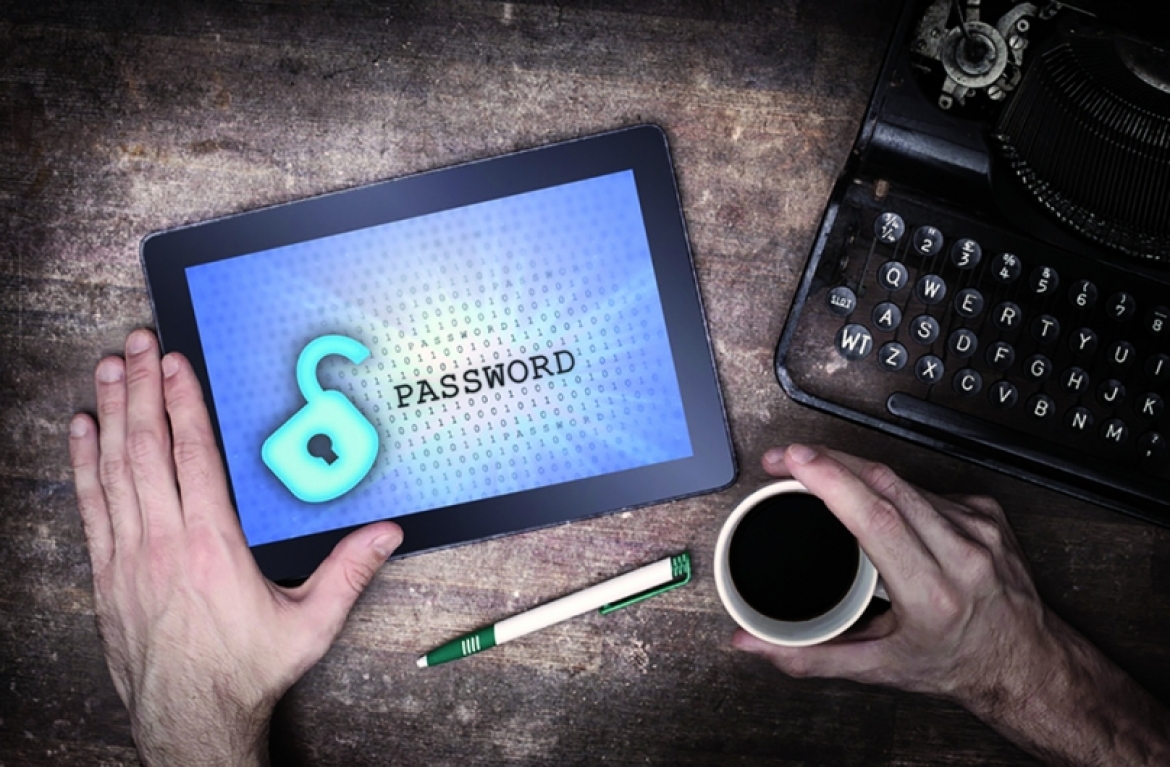In an increasingly digital world, consumers share their confidential information in so many ways. From online shopping to online banking, consumers' personal information is being recorded in a frightening number of different places. It is because of this that 15.4 million U.S. consumers were victims of identity theft or fraud in 2016 - a 16 percent increase from the previous year.
With the risk of a security breach increasing, it is critical that consumers protect their digital data in all forms. Here are four ways you can secure your information:
1. Use a strong password. According to Keeper, a password management and digital vault software provider, the most common passwords of 2016 included "123456," "qwerty" and even "password." The recipe for a bulletproof password is to combine upper and lowercase letters with symbols and numbers. To make things easier, you can also use a password generator to help you come up with strong passwords over and over.
2. Add a second level of security. While a strong password is essential, it is important to use other forms of authentication, such as fingerprint scanning to unlock devices and verification codes via email or text. This additional step will create more challenges for those who may want to steal your data.
3. Encrypt all digital information. With a projected 12.1 billion laptops and portable devices in use by 2018, fraudsters have more opportunities than ever to steal data. Encrypting your information acts as a backup should you lose your device, making it virtually impossible for thieves to glean anything of value.
4. Destroy your old hard drives. Storing old hard drives and other forms of e-media greatly increases your risk of being victimized by fraud. Throwing them away, smashing them with a hammer or re-formatting and deleting files doesn't effectively remove your confidential data. Hard drives must be securely destroyed by a trusted third party like Shred-it, who will give you peace of mind knowing that your data will not fall into the wrong hands.

